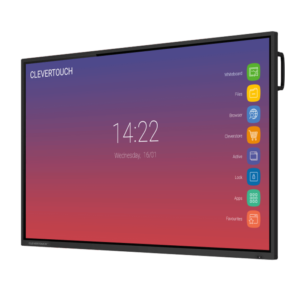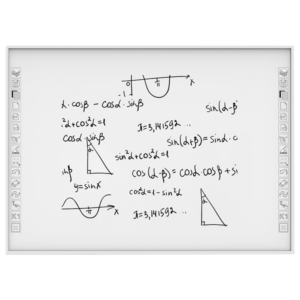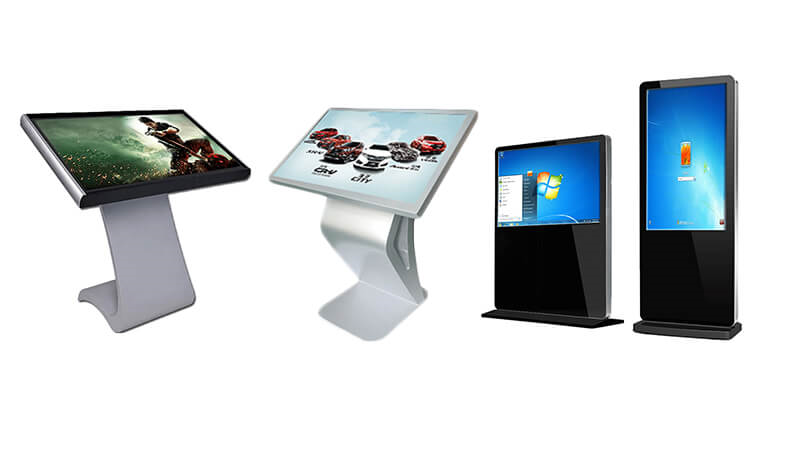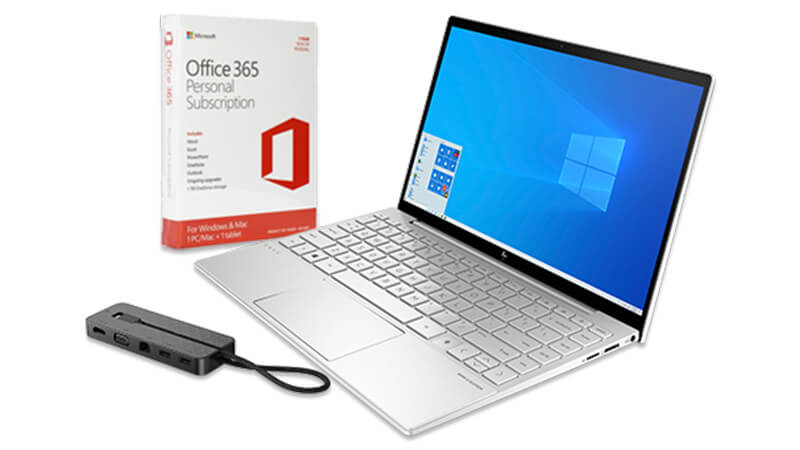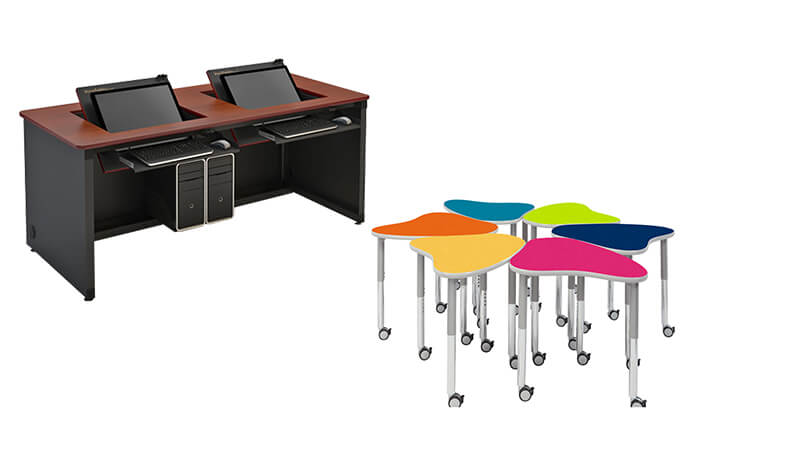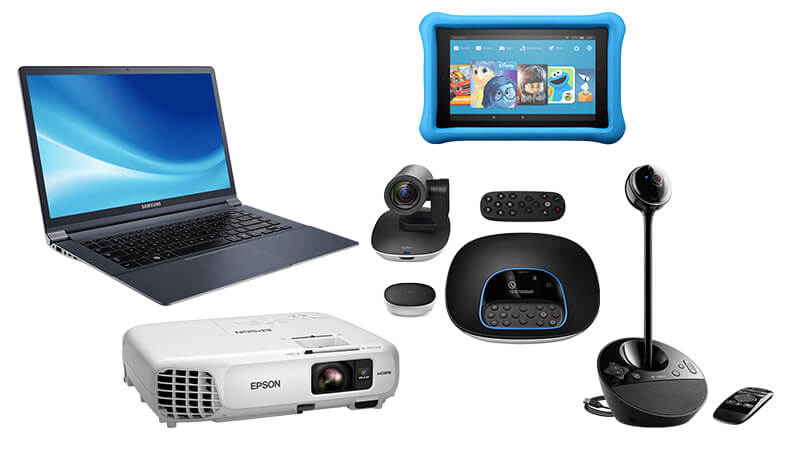
10 Steps to a Smart Classroom Setup for Zimbabwean Schools
The educational landscape is rapidly changing, and Zimbabwean schools are embracing this change by integrating smart technology into classrooms. Interactive smartboards are a key component of this tech-forward approach to education. Here’s an in-depth guide to help educators in Zimbabwe create a smart classroom setup that is both effective and engaging.
Step 1: Grasp the Fundamentals
Interactive smartboards are sophisticated tools that combine the features of a whiteboard with the interactivity of a computer. They allow teachers to display digital content and interact with it through touch or specialized pens, enhancing the learning experience.
Step 2: Conduct a Needs Analysis
Evaluate your school’s requirements. Consider the number of classrooms, the subjects taught, and the typical class size. This will help you determine the type and number of smartboards needed.
Step 3: Develop a Financial Plan
Creating a budget is crucial. Include all potential costs: the smartboards, installation fees, software licenses, teacher training, and future maintenance.Investing in a more durable board that lasts longer will help you save more in the long run. At The Future Store you save more with our free installation, teacher training and softwares.
Step 4: Select Suitable Smartboards
Choose Interactive Smartboards that align with your educational goals and classroom dimensions. Look for durable models with user-friendly software and reliable customer support such as Clevertouch, a premium brand you can get from us at The Future Store.
Step 5: Prepare the Physical Space
Your classroom must be ready to accommodate a smartboard. Ensure there’s adequate space, proper electrical wiring, and suitable lighting conditions. The board should be positioned where all students can see it without obstruction.
Step 6: Professional Installation
Installing a smartboard may require technical expertise. If your school lacks IT support, there is need for professional installers to ensure the smartboard is securely mounted and properly calibrated with the projector. Weve also got you covered with our qualified and experienced technicians.
Step 7: Comprehensive Teacher Training
Teachers should be proficient in using smartboards. We offer comprehensive training sessions that cover the basics of operation, troubleshooting, and ways to integrate the smartboard into their teaching strategies.
Step 8: Integrate with Existing Tech
Smartboards should enhance and not replace traditional teaching methods. Seamlessly integrate them with existing technology like computers and tablets to create a multifaceted educational environment.
Step 9: Foster Interactive Lessons
Leverage the smartboard’s capabilities to make lessons more interactive. Use multimedia content, such as videos and animations, and interactive features like quizzes and games to engage students.
Step 10: Monitor and Adapt
After the smartboards are in use, solicit feedback from educators and students. Use this feedback to refine your approach and ensure the technology is being used to its fullest potential.
By following these detailed steps, Zimbabwean educators can effectively set up smart classrooms that not only captivate students but also facilitate a more interactive and productive learning environment. The success of a smart classroom lies not just in the technology itself, but in how it is utilized to enrich the educational experience.

